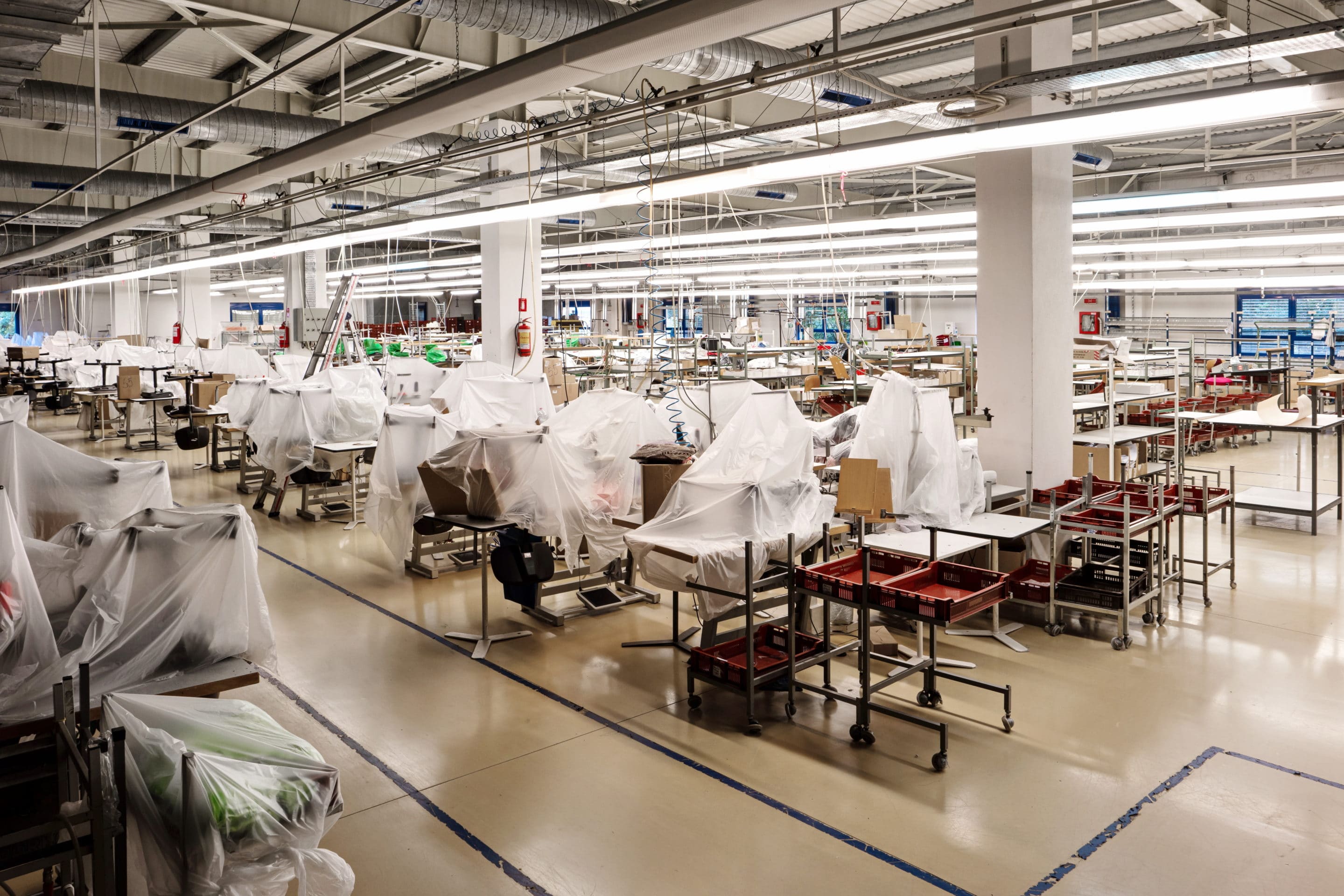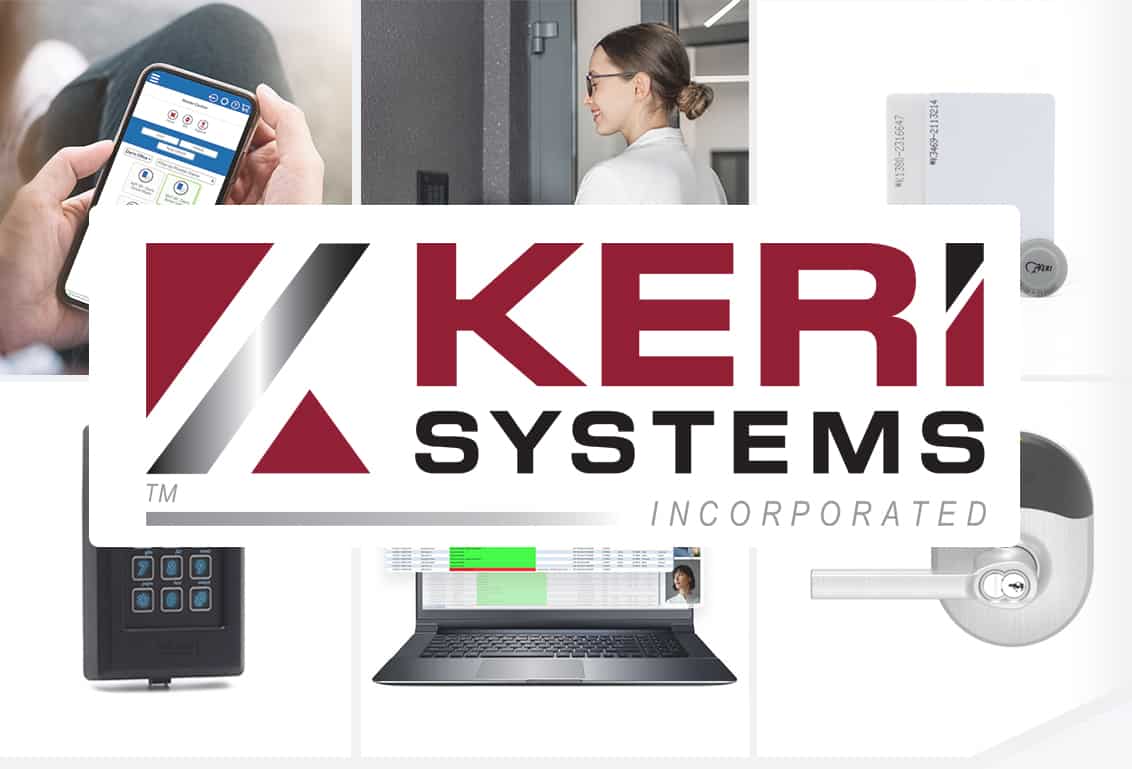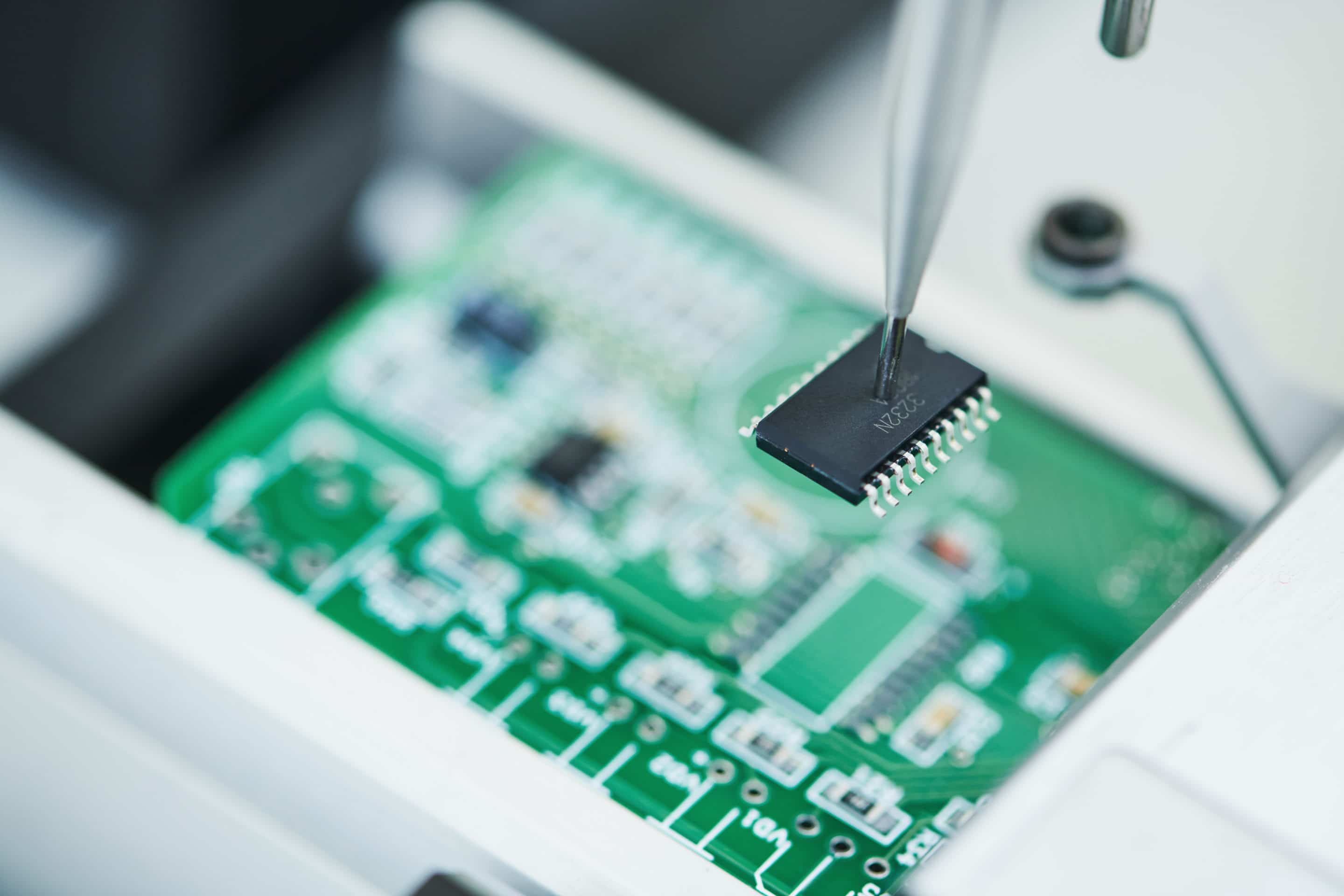Hardware Shortages
Why are lead times squeezing the security industry?
A shortage of access control equipment has delayed projects for months
Over 90,000 Organizations Chose Keri When Security Mattered Most

"Our lead tech, John McCleery, and I are very appreciative of your support with this project as well as your support in the past" - Security21

90,000+ Installs
Thousands of successful installs and lessons learned.

"Working with Keri is like hitting the Easy Button. It's just a great partnership" - Rick Estess
15+ Million Cardholders
Over 15 million people use Keri Systems credentials.

"Thank you for your top-notch professionalism and amazing customer support" - American Knights Security
37 Countries
Keri Systems has installations and experts around the world.

Unprecedented global supply chain interruptions
Since the start of the pandemic, the world has experienced virtually unprecedented global supply chain interruptions. While some of the more mundane products, like toilet paper for instance, have become readily available again, the scarcity of tech products seemingly continues to grow with no end in sight.
Understand the Roots of the Problem
To truly understand the short and long-term implications of the current supply chain crisis and hope to understand when we will finally emerge, it’s critical to understand what actually led to it, what is the current status, and what is the most likely path to emerge from it.
Contrary to popular belief the supply chain issues are not strictly due to Covid, or Western nations giving away the technology to emerging countries. The root causes are primarily attributable to insufficient semiconductor manufacturing capacity and insufficient supply of willing labor.

Demand for Semiconductors Is Outstripping the Global Production Capacity
The genesis of the semiconductor supply chain issues stretch back at least 10 years and reasonable arguments can be made that assumptions made 20 years ago set the stage for the current bottlenecks. There are myriad types of semiconductors, anything from simple chips that do a single function to sophisticated microprocessors that run most of today’s electronics. Products built around those microprocessors are usually designed for that specific family of microprocessors and if something disrupts the supply chain of those specific microprocessors, the product is virtually unbuildable until the supply chain issue is resolved or a new design is implemented that uses a different microprocessor.
Over the years, semiconductors have continued to evolve by continuously shrinking the individual components within the semiconductor. When describing the individual portions of a semiconductor, the term “geometries” is usually used, which indicates the size of the components on the silicon chip and the spacing between them. Current, state-of-the-art technologies in semiconductor use produce geometries in the range of 5 nanometers, which is roughly equivalent to one 16,000th the diameter of a human hair or approximately the size of a single strand of DNA. As geometries continue to shrink, the complexity of the equipment required to build them increases as does the cost.
The fabrication facilities that build semiconductors are typically known as “fabs” for short. The equipment in these fabs are generally built to produce specific semiconductor geometries and sizes of the silicon wafer on which they are built. They can be refitted to produce a different type of silicon but usually at a cost of hundreds of millions or billions of dollars. The lowest cost semiconductor fabrication facilities currently run in the neighborhood of five billion dollars to build and fully outfit with the required equipment to produce semiconductors. A more typical cost is likely to be closer to 10 billion dollars or more for a single facility. This is not the kind of money a company finds merely by looking in the cushions of the lobby couch. Due to the high cost of semiconductor fabrication facilities, there is minimal excess capacity in the system in a normal economic environment. Covid radically changed the equation with respect to the demand for technology, particularly regarding telecommuting and mobile needs and the markets they enable.
Those assumptions that were referenced earlier in this post, were educated guesses from the producers of the semiconductors regarding what specific technologies and uses would be needed when the fab came on line. No one anticipated the accelerated demand due to a global pandemic.
Four companies, Applied Materials, ASML, Lam Research, and Tokyo Electron Limited produce most of the world’s semiconductor manufacturing equipment, and unfortunately, they all have near-record backlogs and lead times stretching out well beyond one year for deliveries. Complicating matters is that even some of the semiconductors needed to manufacture the semiconductor manufacturing equipment are also in short supply further hampering these companies’ ability to produce the equipment required to make more semiconductors.
The Shrinking Labor Force
Aside from technology, there’s an additional driver that is also creating disruptions within the supply chain and that is the shrinking workforce in many developed countries like the United States and the United Kingdom. For example, in the United States, 10,000 people per day are leaving the workforce via retirement, and those numbers are not being adequately replenished by younger people entering the workforce or via immigration. This constrains the ability of manufacturers to produce parts and logistics companies to transport those parts to their ultimate destination. Until the world is able to automate its way out of the labor shortage or amends immigration policies to replenish a shrinking workforce, this will continue to be a severe bottleneck on the supply chain and will be a driver that keeps prices for freight and other labor-intensive tasks higher than in the past.


Forecast
Unfortunately, there is no short-term relief on the horizon for the supply chain shortfalls caused by the semiconductor demand. Most economic forecasts don’t show supply catching up with demand until late 2022 at best and more realistically 2023. The extended time period and cost required to retool existing semiconductor fabs or build new ones, complicate a quick recovery.
Advice for Integrators
There are a number of steps that integrators can take to somewhat mitigate the impacts of the supply chain issues even if they can’t completely eliminate them. Some are just common sense, while others require at least a temporary revaluation of strategic direction but provide the added benefit of having the potential to enhance both short and long-term revenues and profits.
1. Don’t wait to place orders until you need the equipment. We see a surprising amount of integrators that continue to wait to place their orders, assuming that lead times are going to get better or they’re going to find a window where they will quickly be able to get the product that is required. Assume lead times for all security equipment are going to be excessive, so place orders early and schedule the orders for future deliveries for when you think you will need the equipment. If you encounter other delays for the job, it’s very easy to postpone the delivery of the equipment with the manufacturer until you can finish that job. As long as the manufacturer has several days’ notice, the vast majority will be able to accommodate your reschedule, and will happily switch the material, originally allocated for your job, to another job that also needs it. Consider also that it is likely to be quite some time until inflation rates begin to drop and prices begin to stabilize. Waiting to place an order, hoping that prices will drop, is far more likely to result in disappointment due to higher prices, rather than the hoped-for price drop. Inflation is here to stay for a while and trying to guess when it will drop is only slightly less speculative than investing in cryptocurrencies.
2. Stay flexible and consider switching, at least temporarily, to product lines that currently have inventory. Even though there are manufacturers that are quoting anywhere between 20 and 60-week lead times for cameras, access control panels, readers, and other security equipment, there are usually other manufacturers who have considerably shorter lead times for comparable equipment. As long as the job is not “hard specified” with one manufacturer or is an add-on where continuity of equipment is critical, be flexible. End users are intimately aware of the supply chain issues and are far more flexible than in the past with respect to using equivalent products rather than the specific product that was originally bid on a job.
3. Look for those that have mastered the supply chain and try to engage in a relationship that assures that you have a product while your competitors don’t, while also locking in pricing against inflation. Some manufacturers, including Keri Systems, anticipated the supply chain problem last year and took steps to secure inventory to ensure they could supply a continuous pipeline of products for their customer’s needs. This is not the first supply chain issue that has arisen and it won’t be the last. It just seems to be the most painful due to the complications from Covid. Manufacturers who have proven themselves as reliable suppliers are likely to be very good long-term partners, and will also have more pricing stability relative to those who tried to practice a just-in-time inventory. Manufacturers with a stable supply and more stable pricing can significantly aid in keeping an integrator’s jobs on budget and on schedule.
4. Find ways to generate revenue from existing installations that don’t require a change in hardware that is already in place by taking on-premises solutions and converting them to cloud solutions. Not only does this provide immediate revenue for the Integrator but it provides an excellent long-term revenue stream by allowing the integrator to resell a cloud-based software-as-a-service solution to their end-user. Moving an on-premise software solution to the cloud allows the integrator to enhance their recurring revenue where little or none was present before and also decreases the cost for ongoing support for the installation as “truck rolls” are required less frequently.
Conclusion
Lead time issues will continue to plague our society for at least a year and likely longer. There are a number of hurdles to overcome to return to where we were globally before Covid. However, by understanding that this is the new normal, flexible Integrators can not just survive but thrive at the expense of those who dogmatically stick to “what has always worked in the past.” The current conditions favor those who are flexible. Will your company evolve or will it slowly wither away? The choice is yours.
About Keri Systems
Keri Systems is headquartered in Silicon Valley in California and is one of the largest independent Access Control OEMs in North America. With sales and support offices in the United States, Europe, the Middle East and Latin America, Keri has global reach to support customers in virtually any country. Having anticipated the supply shortcomings months before the crisis hit, Keri adjusted our operational strategy and as a consequence, continues to ship virtually all Keri products within one day of receiving orders for almost all manufactured products.

How to Evaluate an Access Control Partner
We understand that choosing and integrating an automated security system takes time and has a significant upfront cost. While most access control systems pay themselves off in a few years — it’s important to keep a few metrics in mind when choosing a partner.
Are They Reliable?
How long has the access control company been in business? Will they be around to support and maintain your installation in 10 years?
Who are they responsible to?
Is the companies primary motive to increase corporate earnings and shareholder value? Or are they in business to serve their customers needs?
Can the Solution Scale?
Do the hardware and software have the capacity to scale as your business grows, and adapt to the changing needs of your business?
Can You Purchase Hardware?
Keri foresaw the supply chain problems and put close to half a million dollars of key integrated circuits and other components in stock.
Reference Articles
These posts provide more background for those who are interested in digging deeper into the semiconductor supply chain issues.
https://www.vlsiresearch.com/the-chip-insider/2020-top-semiconductor-equipment-suppliers
https://www.bloomberg.com/graphics/2021-chip-production-why-hard-to-make-semiconductors/

